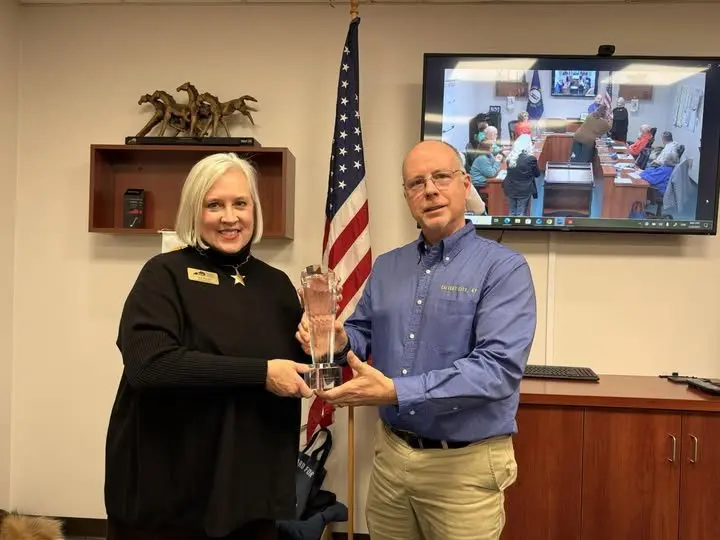 FRANKFORT – Free nicotine replacement therapy (NRT) products will be available to Kentuckians who call Quit Now Kentucky through May 10. Callers must enroll in the cessation program with a trained coach and be qualified as medically – eligible to receive the free medication.
FRANKFORT – Free nicotine replacement therapy (NRT) products will be available to Kentuckians who call Quit Now Kentucky through May 10. Callers must enroll in the cessation program with a trained coach and be qualified as medically – eligible to receive the free medication.
DPH will provide callers with a starter supply of NRT to help them quit smoking for good, while supplies la st. Adults and youth as young as 15 can access the quit coaching services provided through 1 – 800 – QuitNow ( 1 – 800 – 784 – 8669 ) or visiting www.QuitNowKentucky.org.
“Quitting can be difficult under any circumstances, but there are ways to help you quit. Cessation coaches at Quit Now Kentucky, Kentucky’s tobacco quitline, are trained to help Kentuckians quit for good, improve their health and reduce the chance of life – long conditions from smoking,” said Dr. Stephanie Mayfield, DPH commissioner.
“ Reducing smoking is a key component of Governor Steve Beshear’s health initiative, kyhealthnow, which includes priorities for comprehensive smoke – free policies and increasing nicotine replacement therapy.” Public health recommends NRT for some people trying to quit tobacco use, who have found cessation coaching isn’t enough. NRT is specialized medication to help wean tobacco users from the cravings of the nicotine in cigarettes.
The American Cancer Society estimates that 25 to 33 percent of smokers that use nicotine replacement therapy can stay smoke – free for over six months. Smoking begins to damage your body immediately. According to DPH, within 30 minutes of smoking, a person’s blood vessels will narrow and heart rate and blood pressure will increase. Risk for stroke significantly increases almost immediately.
However, within 20 minutes of quitting, heart rate and blood pressure will drop; within 3 months, circulation and lung function improves; and after one year, risk of heart disease will be cut in half. Historically, Kentucky has experienced a high prevalence of smoking and tobacco use. Currently, 26.5 percent of the adult population smokes – the second highest rate of all 50 states an d the District of Columbia; 18 percent of high school students smoke; and 22 percent of Kentucky women smoke during pregnancy. “In total, more than 900,000 Kentuckians smoke, putting themselves at an increased risk of disease and death,” said Mayfield.
“Quitting can be difficult, but it could significantly reduce the rates of cancer, cardiovascular and respiratory diseases, which are linked to tobacco use. We encourage all Kentuckians that are struggling to quit to take advantage of this no – cost opportunity to help them quit smoking for good.” Everyone can benefit from quitting and enjoy better lifelong health. The Quit Line service is free to all Kentuckians and available in multiple languages.
To learn more about kyhealthnow and the goals related to reducing smoking rates, visit kyhealthnow.ky.gov . – 30 – The Cabinet for Health and Family Services is home to most of the state’s human services and health care programs, including Medicaid, the Department for Community Based Services and the Department for Public Health.
CHFS is one of the largest agencies in state government, with nearly 8,000 full and part – time employees throughout the Commonwealth focused on i improving the lives and health of Kentuckians.






